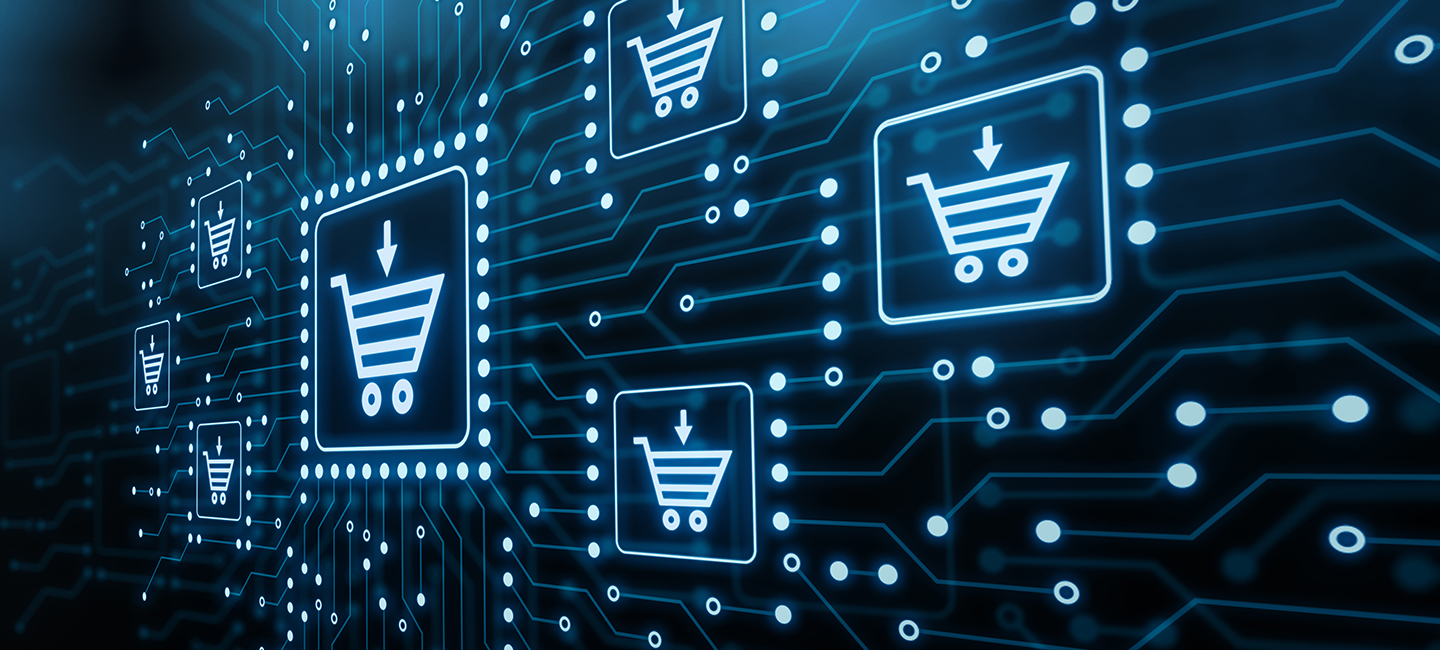Retailers and customers really want the same things: Speed. Flexibility. Efficiency.
Consumers, with their fast-and-furious lifestyles, want to hop in and leave the store again faster than ever, at any time of the day (or night for that matter). Retailers don’t necessarily want shoppers to enter the store and leave again too quickly; they’d rather see shoppers browse a bit and pick up a few additional items instead. However, where retailers want to see that speed, flexibility and efficiency shine is in their store processes:
faster stock replenishment
reduced checkout throughput times
optimized inventory turnover ratio
automation of tedious tasks so staff can focus on truly servicing shoppers instead
Implications for retail technology
Retail technology, then, requires those same attributes: modern solutions must enable speed, flexibility and efficiency, preferably all at the same time.
Now we get to software architecture. Just as retailers must orchestrate and enable the specific journeys they wish their consumers to embark upon, retail software engineers must also deliver on these new demands, while always keeping an eye on the fast-moving future of retail. Standardized, open interfaces (increasingly becoming a must-have for hardware and software solutions) offer new ways to flexibly deploy technology within an existing retail IT landscape. Designing solutions that are modular can enable retailers to adopt a gradual step-by-step upgrade of their landscape while avoiding the huge risks and associated (mitigation) costs of a big-bang approach.
But here’s the thing: Although critical, it’s no longer enough to simply create software solutions that automate and connect the dots between many steps in the staff and consumer journeys. Software engineers themselves must evaluate their own processes and architecture fundamentals, and explore ways to become more flexible, more efficient and faster.
Working smarter, not harder
What we’ve identified is that there are extensive commonalities among retail verticals’ core processes, i.e. transaction storage, basket handling, payment and receipts handling, loyalty management, stock taking and so on. Although there may be minor differences, by and large the steps are the same, whether you’re in grocery, specialty or convenience retail. The same goes for foundational (and more technical) topics like API management, device management, security and many other elements. They all follow the same pattern.
This is an area where modern-day software solutions are distinguishable from so-called ‘legacy’ solutions. When we designed our software, we’ve factored in these commonalities right from the start, so we can offer much higher levels of innovation. Instead of developing the same innovative functionality multiple times for dedicated one-off retail segment solutions, we built it once and now offer it to multiple retail segments at the same time. This saves time and costs for retailers, and it also improves (strange as it may sound) the overall flexibility of the solution.
The crux lies in how to separate core functionalities from industry-specific requirements.
We faced that challenge several years ago as we began to sketch out what eventually became
Vynamic® Retail Platform, our cloud-native retail software platform.
We carefully analyzed several industry segments and identified what was unique to each of them. Then we encapsulated those differentiators into so-called “industry packages.” So, what should you think of? Here are some examples: for grocery retail, there is support for checkout scales at the point of sale, support for barcode templates for grocery items, and user interface enhancements for grocery flows for speed of operation. For specialty retail, one can think of support for items with variants in color and sizes; while for fuel retail, dry and wet stock management and out-of-the-box integrations for OPTs (outdoor payment terminals) and car wash systems are supported, just to name a few. These industry specifics have been wrapped together smartly into industry packages that can be updated independently from other industry packages. This improves time-to-market for new industry-specific enhancements and increases the flexibility to respond to new trends and market innovation.
We also divided common functionalities shared across the retail segments into foundational services, must-haves and optional. This approach led to the design and development of a highly modular software platform that is robust and flexible enough to quickly adapt even core elements to new retail demands, yet open enough to cater to segment-specific differences without making deployments too lengthy or costly. And with the optional shared functionalities, it offers retailers more control over how, and at what pace, they want to optimize their IT landscape, offering multiple upgrade and extension paths.
Our software experts offered their takes on the differentiators of Vynamic Retail Platform in our recent launch event. Learn more on our
Vynamic Retail Platform Summit page featuring short videos explaining how Vynamic Retail Platform is different from other cloud software solutions.
